In naturopathy, that is Beard lichen known for a long time. More than 4000 years ago, the ancient Egyptians used them to treat various diseases. They have also been used successfully in Europe for around 1000 years. It is one of the most effective natural antibiotics.
Occurrence & cultivation of beard lichen
The Beard lichen (Usnea barbata) belongs to the lichen family (Parmeliaceae) and will too Tree moss and Old man's beard called. The greyish to greenish-yellowish-looking medicinal plant grows pendulous and shrub-like on the bark of coniferous and deciduous trees. It is a community between a chlorophyte alga and an ascomycete fungus. The beard lichen becomes ten cm to one meter long, depending on the environmental conditions.In pure high mountain air (alpine forests) it becomes longer than in sulfur-polluted air in the lowlands. Beard lichens need an acidic environment and therefore only arise on trees with acidic bark. They prefer cooler regions with high humidity and frequent rainfall. Sometimes they even grow on stones (Andean region). At the ends of the thread-like structures they form semicircular or pin-shaped outgrowths. When pulling apart, the bark loosens and releases the whitish pulp.
Effect & application
Beard lichen contains the highly effective usnic acid, tannins and vitamin C and is used internally and externally. The whole herb is used in the manufacture of natural medicines. It is dried and processed into tea, tincture, extract, lozenges and original tincture. The cosmetics industry uses the old man's beard because of its preservative effect in various products. In addition, beard lichen preparations are suitable for external use as compresses and wound dressings.
Applied as a natural deodorant to the armpits, beard lichen has an odor-inhibiting effect. When poured into bath water, it is used to treat skin diseases. If the user ingests lozenges with lichen fat extract, the bitter substances lay down like a protective film on the mucous membrane of the mouth and throat, so that the throat or tonsillitis is treated effectively. The anti-bacterial effect of beard lichen is particularly evident in infections caused by streptococci, staphylococci, tubercle bacteria and gram-positive bacteria (which turn dark blue in the Gram process).
Because of its anti-microbial properties, the natural product is also used against thread fungi and athlete's foot. Tincture containing usnic acid is suitable for external and internal use. This lichen acid, which can now also be produced synthetically, is the main active ingredient of the natural remedy. The extract contains 40 to 50 percent alcohol. Beard lichen preparations are very well tolerated.
Side effects and interactions with drugs are not yet known. However, users with an alcohol problem and dry alcoholics should not use them, as most beard lichen products contain high alcohol strength. The same goes for people with liver diseases and children under the age of twelve. Pregnant and breastfeeding women should consult their doctor before use.
Importance for health, treatment & prevention
There is hardly an infection that cannot be treated with beard lichen preparations. Used as a tea, the dried and crushed herb helps relieve coughs and hoarseness. Lozenges also ensure that the rough throat caused by a cold or a flu infection heals quickly and the bacteria and viruses in the pharynx are killed.
The anti-inflammatory and immune system strengthening effect of the medicinal herb is also efficiently supported by the vitamin C contained in the lichen. Applied externally, it disinfects the open wound, promotes the wound healing process and the formation of new tissue. Usnic acid also works together with vitamin C. It also prevents gangrene, which is caused by pathogens entering the open area of the skin. This is how the Native Americans treated their injured warriors.
The lichen tincture is used to cure abscesses and boils. Consumed as a tea, the natural remedy helps with stomach and intestinal diseases and problems with the gallbladder. Applied in the form of a drinking cure over a longer period of time, the patient can thoroughly cleanse his body of toxins stored in body fat. Heavy metals, degradation products from luxury foods, pesticides contained in food and other harmful substances are discharged and thus help to improve the patient's health.
Skin damage caused by too much UV light (sunburn) can also be healed with a lichen bath or a poultice with tincture. The old natural remedy is also very effective against acne and blemished skin as well as skin inflammation caused by scratched pimples. To do this, the patient applies 4 to 5 ml of the tincture to the affected area 3 times a day. In the case of extensive injuries, a sterile gauze bandage, which is moistened with a little tincture and placed on the wound, will also help.
Since usnic acid is extremely gentle on the skin despite its strong anti-septic effect, the user does not have to dilute the tincture with water first. Homeopathy uses Usnea barbata as an original tincture. It is available in bottles of 10, 20, 30, 50, 100 and 125 ml. In acute complaints, the patient takes 5 drops of the original tincture every half an hour or every hour and lets it work in the mouth for a while. However, applications of this kind should not be used for longer than a week, unless the natural health practitioner advocates an even longer therapy. Otherwise, the original tincture is taken half an hour before or after meals, possibly with a little water.

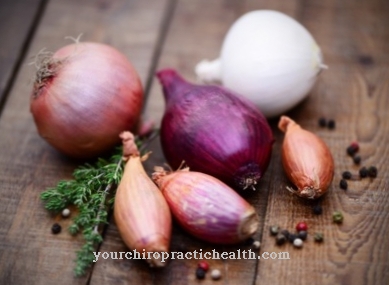
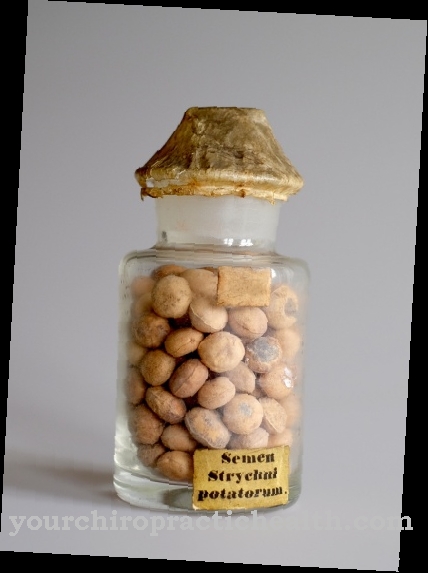
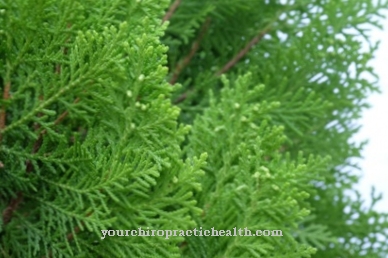

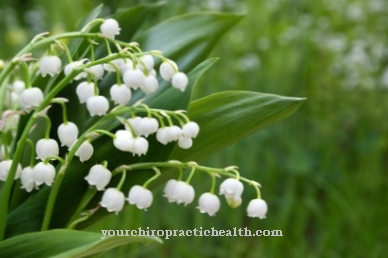
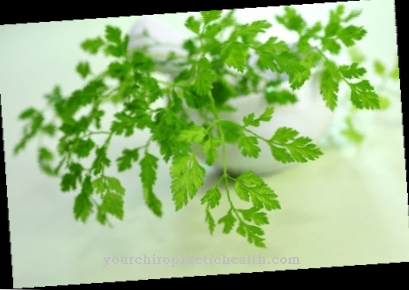

















.jpg)



